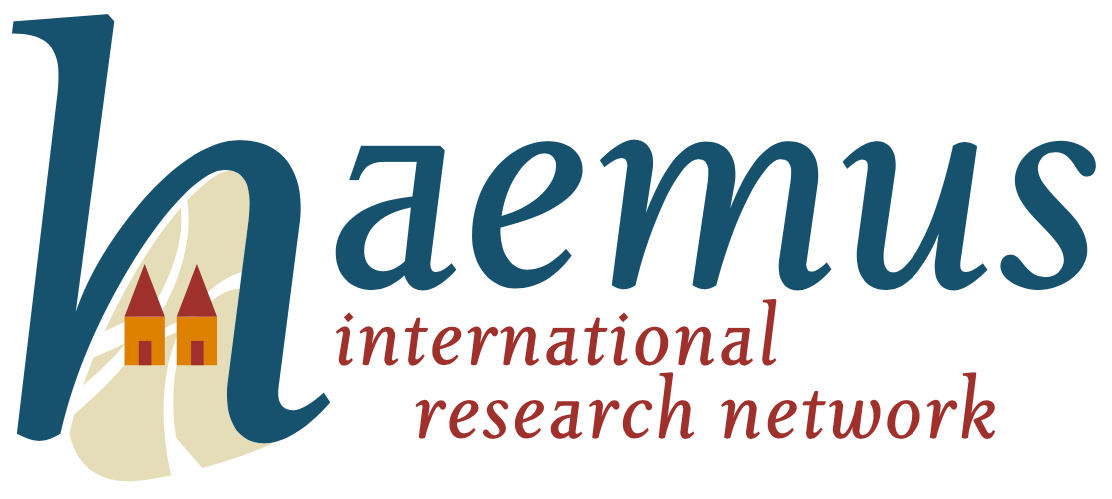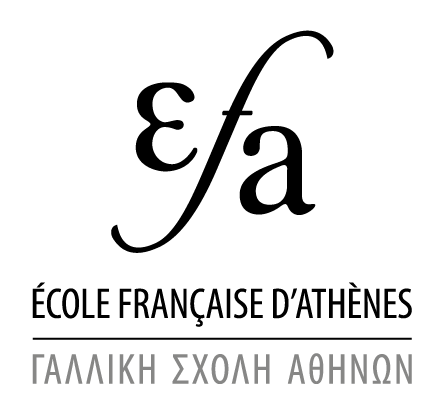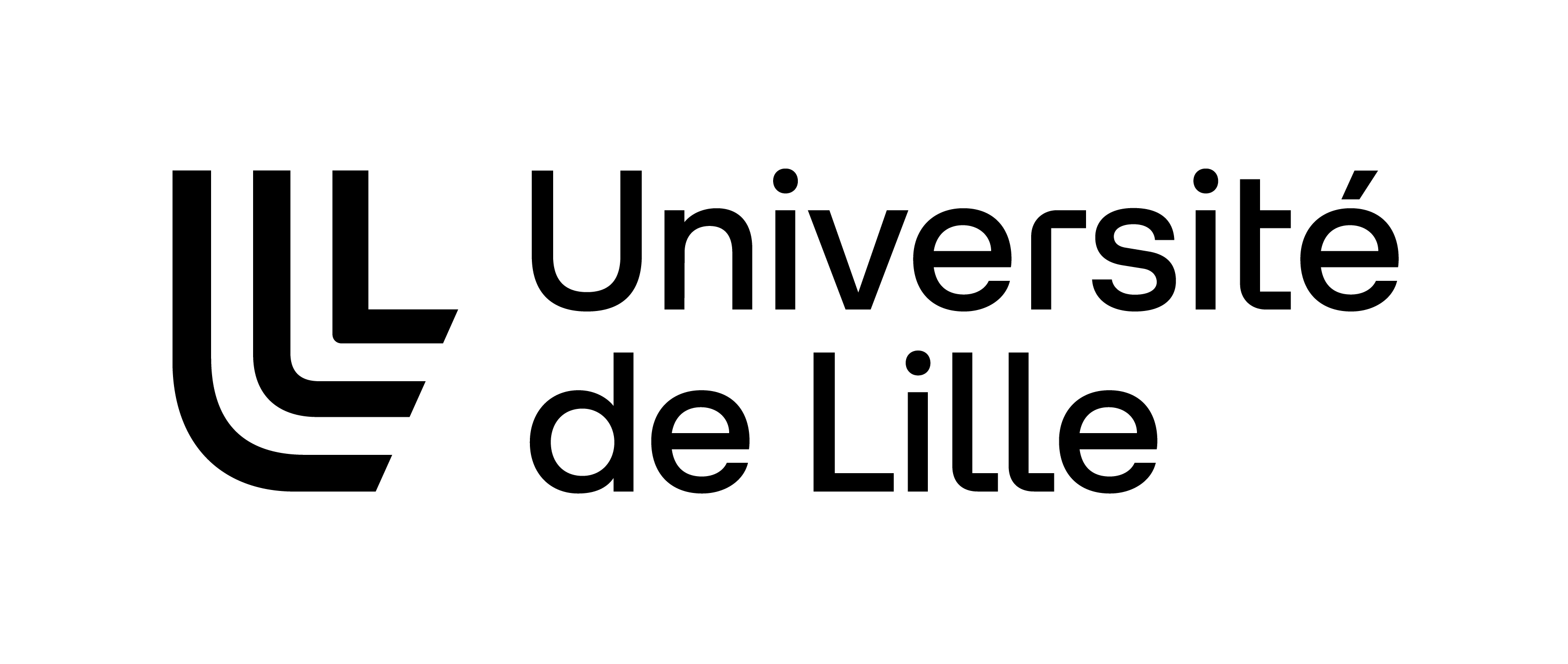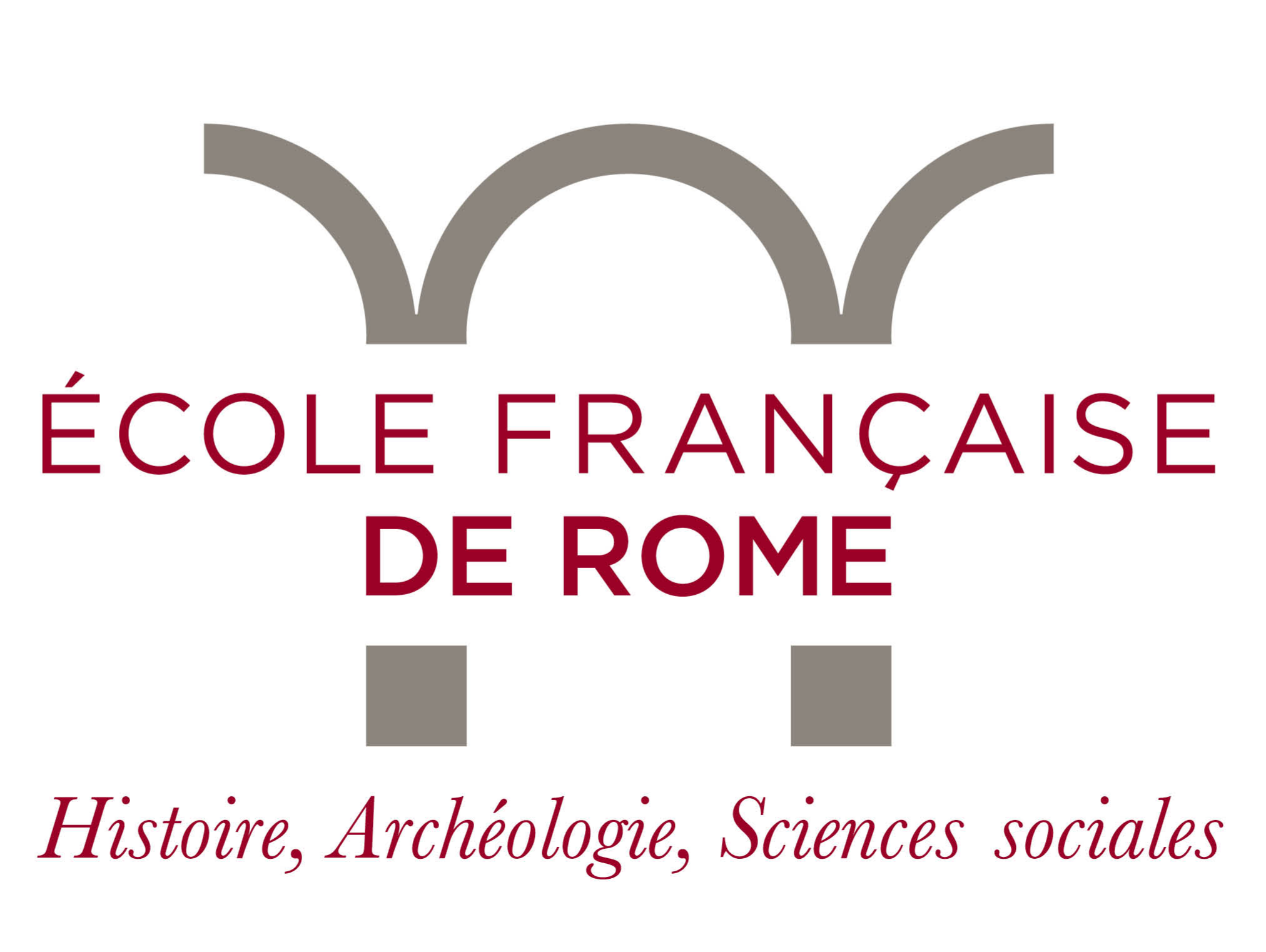Doclea (Montenegro) in Late Antiquity: Some Remarks from the Italian-Montenegrin Bilateral Projects
Abstract
In 2017 a Joint Archaeological Laboratory was launched between the Italian National Research Council and the University of Montenegro, Historical Institute, which aimed at studying the city of Doclea and its territory. Particular attention was devoted to the transformations in topography and the evolution of specific monuments between the Roman imperial period and the early Middle Ages (4th-7th c. AD). After a building phase, probably dating to the Diocletian age, well documented phenomena in other Dalmatian cities and in the Roman world in general are encountered, such as the abandonment of public buildings and their reuse. Common phenomena include the conversion of buildings for artisanal use, the change in the orientation of the roads and the construction of Christian churches.
This contribution illustrates the data that has been collected so far by an Italian-Montenegrin team, employing a multidisciplinary approach. Since the site was excavated from the end of the nineteenth century, work began with the collection and analysis of historical, archival and epigraphical data, and is now proceeding with archaeological, architectural, topographical and geophysical field research. In such a way it is now possible to begin to trace the transformation of the city during Late Antiquity.
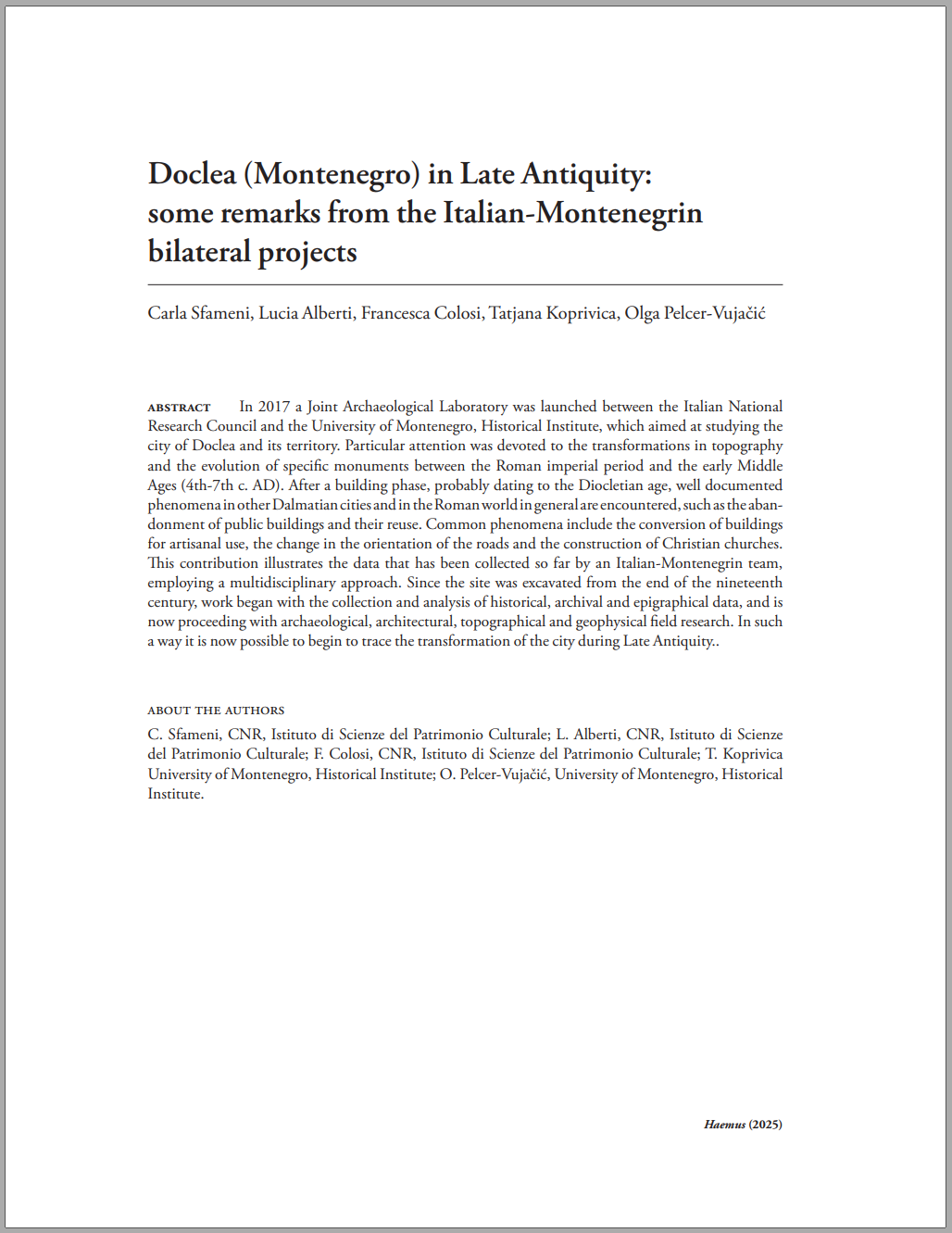
Published
License
Copyright (c) 2024 The Chronicles of Haemus

This work is licensed under a Creative Commons Attribution-NonCommercial-ShareAlike 4.0 International License.
Open Access Publication
Creative Commons - Attribution - NonCommercial - NoDerivatives 4.0 International - CC BY-NC-ND 4.0
This work is published under an Open Access model and licensed under the Creative Commons Attribution-NonCommercial-NoDerivatives 4.0 International License (CC BY-NC-ND 4.0).
You are free to share this material provided that appropriate credit is given, it is not used for commercial purposes, and it is not modified in any way.

